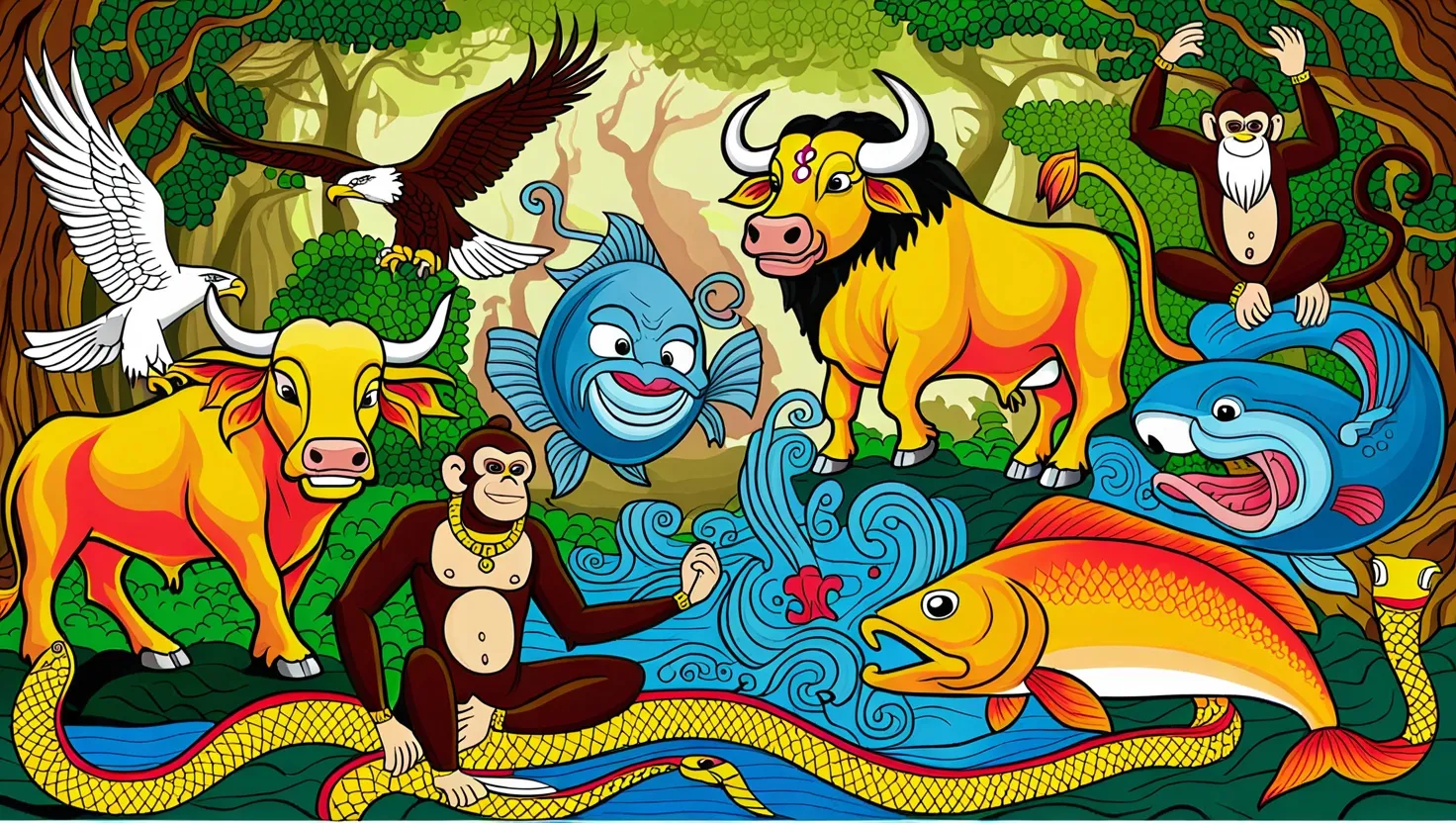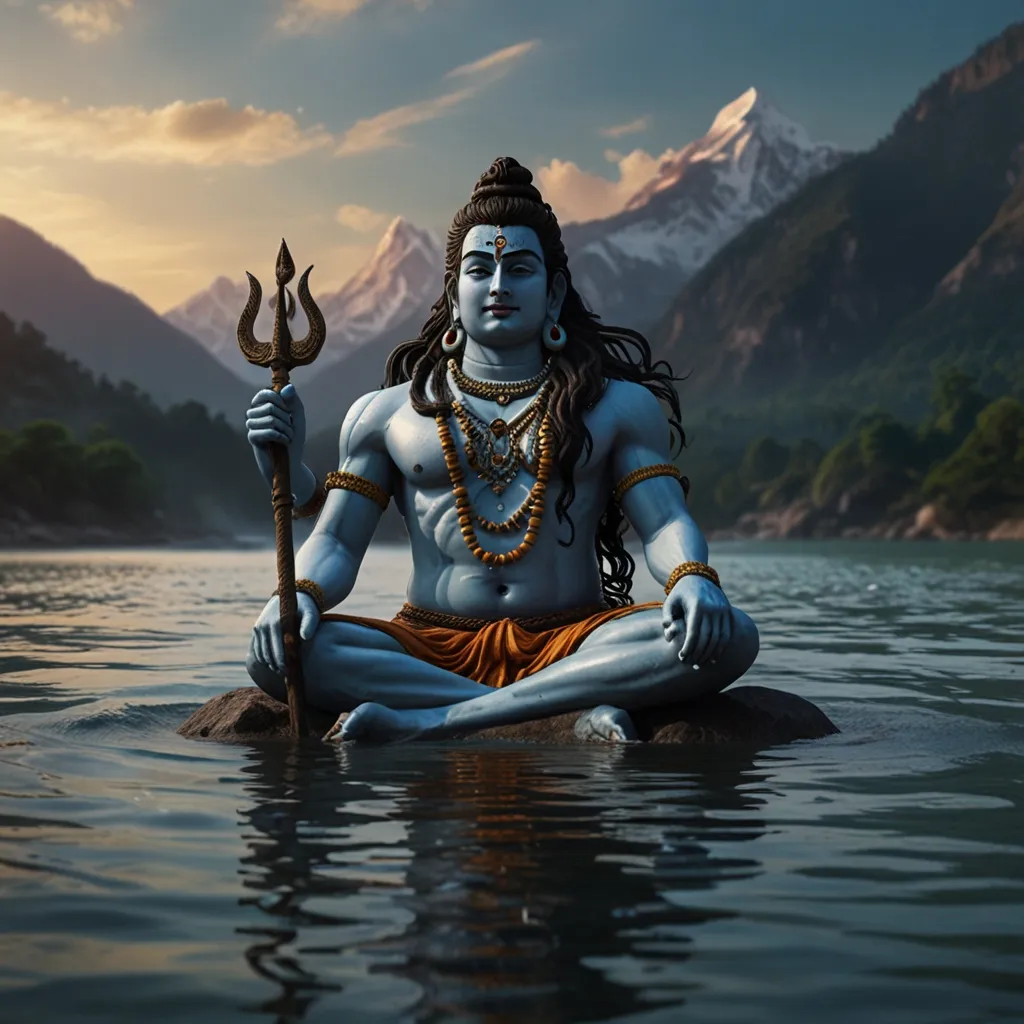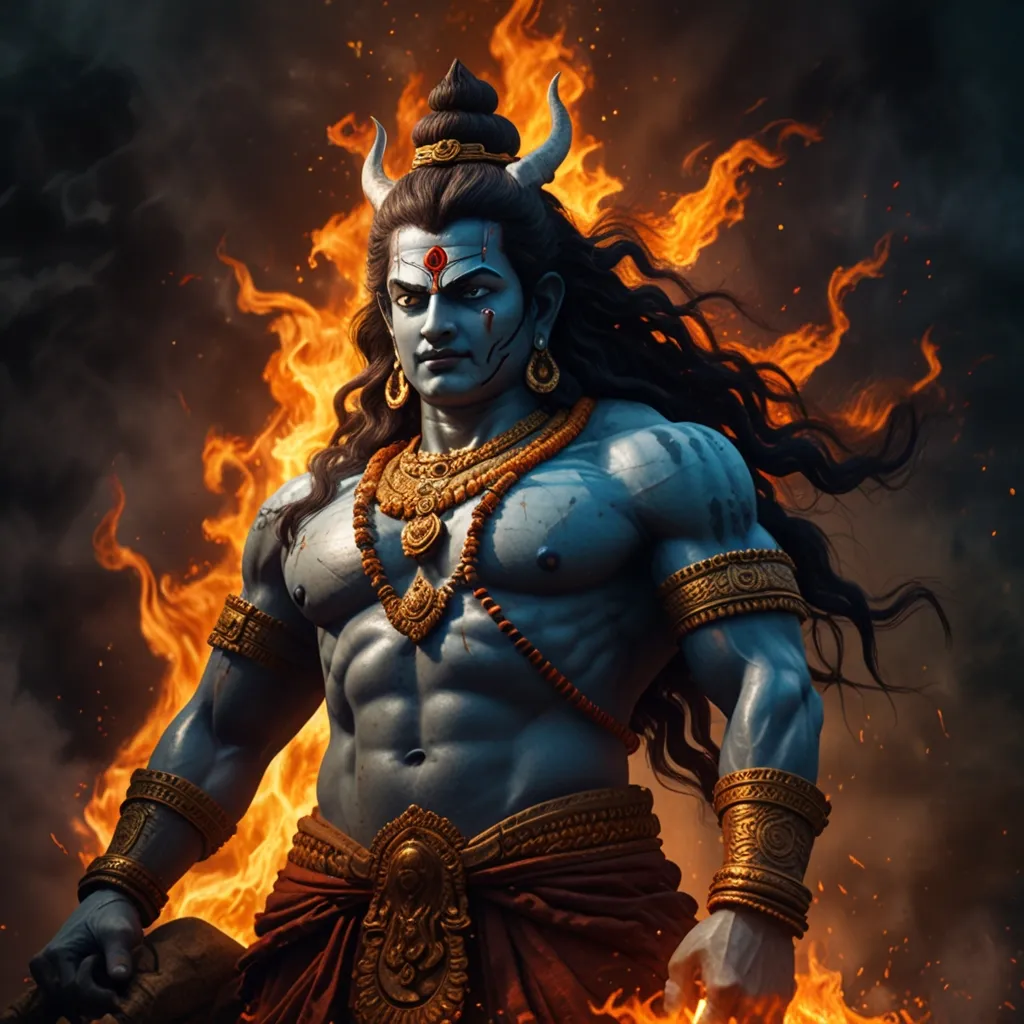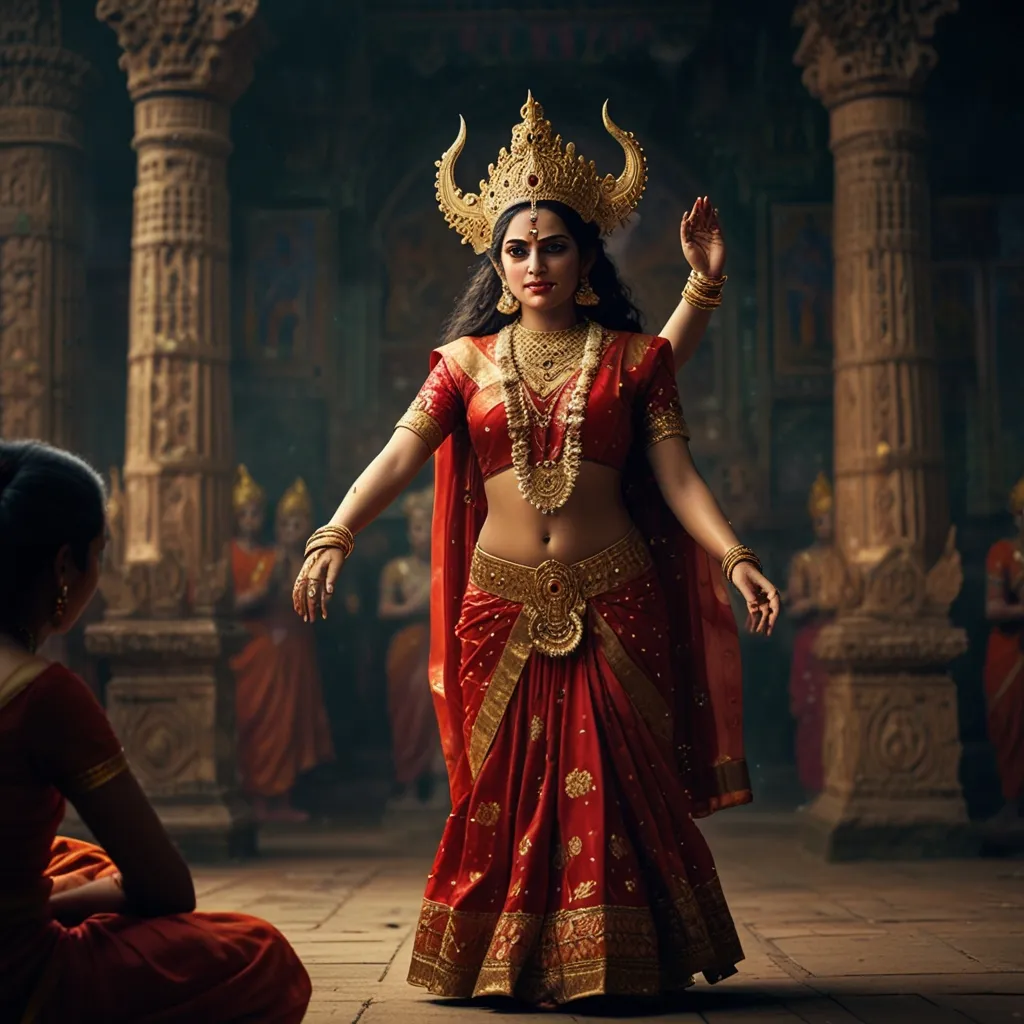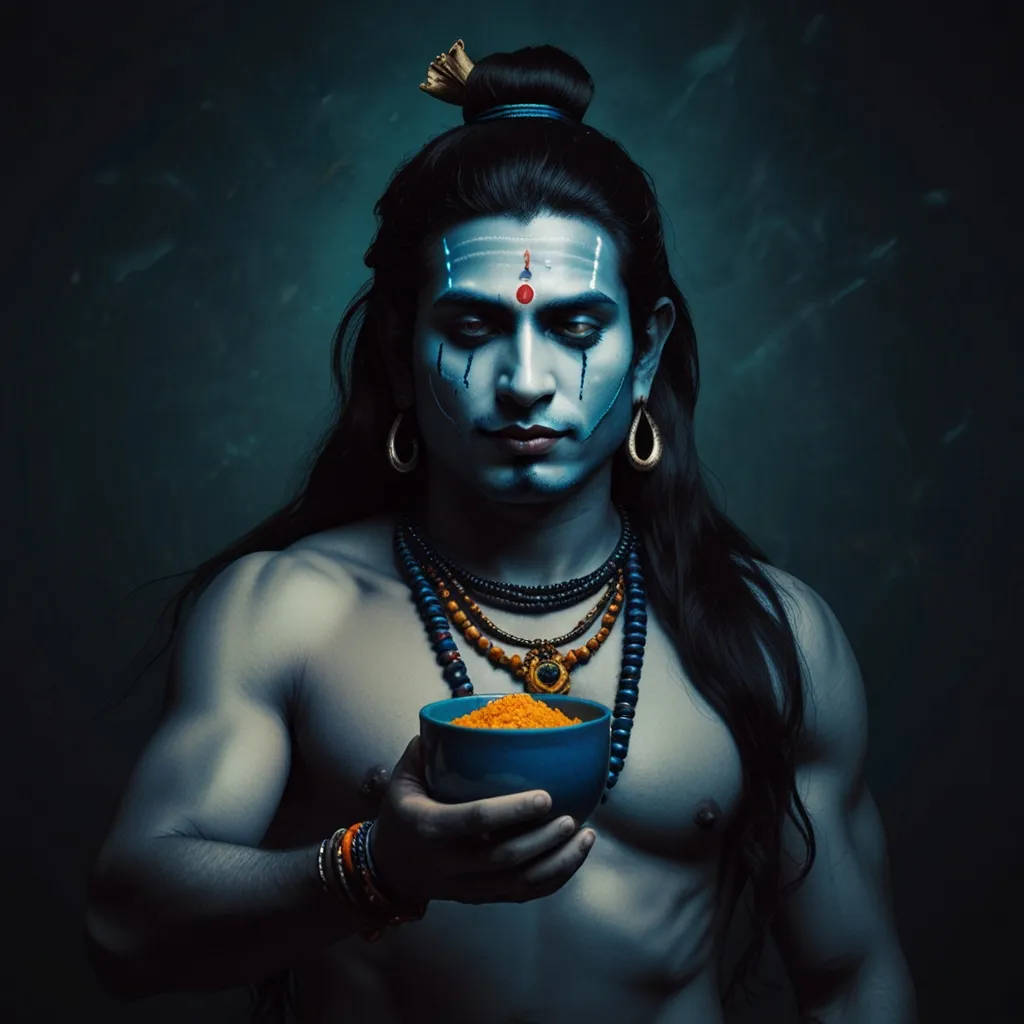In the vast and intricate landscape of Hindu mythology, animals play a pivotal role, serving as more than just creatures; they are vessels of profound symbolism and spiritual significance. The Puranas, ancient Hindu texts, are replete with stories of these animals, each carrying a unique set of meanings that delve into the very fabric of human existence and the cosmos.
Let’s begin with Garuda, the majestic eagle-like creature that serves as the mount of the Hindu god Vishnu. Garuda is not just a symbol of speed and power; it embodies the triumph of good over evil. Born from extraordinary circumstances, Garuda’s life is a testament to his incredible strength and valor. His quest to retrieve the amrita, the elixir of immortality, showcases his ability to overcome even the most daunting obstacles. As Vishnu’s vahana, or vehicle, Garuda is a protector of dharma, the cosmic law and order, ensuring the victory of righteousness over malevolence. His imagery is not just confined to Hindu mythology; it is a common motif in Hindu temples and iconography, often depicted with the body of a man and the wings, beak, and talons of an eagle, adorned with royal insignia.
Next, we have Nandi, the bull associated with Shiva, one of the principal deities in Hinduism. Nandi is more than just a symbol of strength and virility; it embodies devotion and unwavering faith. Often depicted as a loyal companion to Shiva, Nandi represents the steadfastness and loyalty that are core to the Hindu concept of bhakti, or devotion. Shiva’s association with bulls and cows dates back to ancient times, reflecting a deep connection with nature and the cycles of life. Nandi’s presence is a reminder of the importance of faith and loyalty in one’s spiritual journey.
Makara, a mythical sea creature often depicted as a crocodile or dolphin, is another significant animal in the Puranas. Makara represents the forces of nature and the unknown depths of consciousness. It is associated with the god Varuna, the ruler of the oceans, and symbolizes the mysterious and often unpredictable nature of the sea. Makara’s presence in Hindu mythology highlights the respect and awe with which ancient Hindus viewed the natural world. It serves as a reminder of the vast, unexplored realms of human consciousness and the power of nature.
The fish avatar of Vishnu, known as Matsya, is a symbol of preservation and protection. According to myth, Matsya appeared during a great flood to save the first man, Manu, and the sacred Vedas. This story underscores the theme of divine intervention during times of cosmic dissolution. Matsya represents the protective aspect of the divine, ensuring the continuity of life and knowledge even in the face of catastrophic change. This avatar is a powerful metaphor for the enduring nature of life and the role of the divine in preserving order.
Hanuman, the monkey god, is a figure of immense devotion, courage, and selfless service. As a loyal servant of Rama, Hanuman’s story is a testament to the power of faith and the strength of character. His unwavering dedication to Rama and his unrelenting efforts to help him in his quest against the demon king Ravana make him a beloved figure in Hindu mythology. Hanuman represents the transformative power of devotion and the ability to overcome even the most formidable challenges through faith and determination.
Lastly, we have the Nagas, serpent beings that symbolize rebirth, transformation, and hidden knowledge. In Hindu mythology, Nagas are often depicted as guardians of ancient wisdom and possessors of mystical powers. They represent the cyclical nature of existence, where life and death are intertwined. The Nagas also symbolize the wisdom of the earth, reminding us of the interconnectedness of all living beings and the natural world. Their battles with Garuda are symbolic of the eternal struggle between good and evil, as well as the quest for spiritual elevation and enlightenment.
These animals in the Puranas are more than just mythological creatures; they are powerful metaphors that convey complex philosophical ideas and moral lessons through accessible imagery. They reflect the deep connection between humans and nature, the importance of faith and devotion, and the eternal struggle between good and evil. Their symbolism continues to influence Hindu art, literature, and spiritual practices, serving as a bridge between the mundane and the divine.
In exploring these symbolic animals, we gain a deeper understanding of the rich tapestry of Hindu mythology and the profound insights it offers into human existence. Each animal serves as a mirror, reflecting aspects of our own nature and the world around us. Through their stories, we are reminded of the importance of loyalty, devotion, and the pursuit of wisdom. These animals are not just figures from ancient texts; they are living symbols that continue to inspire and guide us on our own spiritual journeys.
The significance of these animals extends beyond the realm of mythology; it touches the heart of human experience. They remind us of our place within the natural world and our responsibility to respect and protect it. In an age where the divide between humans and nature seems to be growing, these symbolic animals offer a powerful reminder of our interconnectedness and the need for harmony.
As we reflect on these creatures, we are invited to ponder the deeper meanings they carry. We are encouraged to look beyond their physical forms and into the spiritual and philosophical truths they represent. In doing so, we may find that these animals from the Puranas are not just relics of the past but living, breathing symbols that continue to guide us toward a more profound understanding of ourselves and the world around us.
